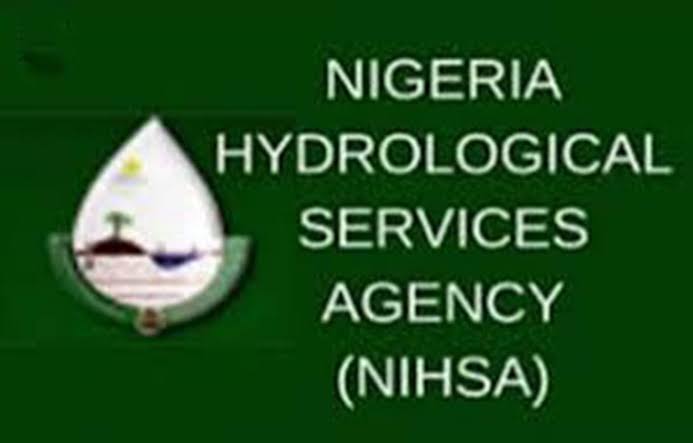
The Nigeria Hydrological Services Agency (NIHSA) has alerted the general public of the release of water from the Lagdo dam in Cameroon.
Director General/CEO of NIHSA, Umar Ibrahim Mohammed who disclosed the development in a statement on Tuesday, said, he was informed by the Authority of Lagdo dam that it would begin regulated water releases at the rate of 100m 3/s today 17th September, 2024.
He explained that the water release is expected to increase gradually to 1000m3/s in the next 7 days depending on the inflow from the upstream Garoua River which is the main feeder into the reservoir and a major contributor to the Benue River.
He, therefore, advised all states that are contiguous to the river Benue system to step up vigilance and deploy adequate preparedness measures to reduce possible impacts of flooding that may occur as a result of increase in flow levels of the nation’s major rivers.
The NIHSA boss, however, noted that the dam managers assured that the planned water releases would be gradual so as not to exceed the conveyance capacity of the Benue River system and cause major flooding downstream Nigeria, saying that the spilling of waters from Lagdo dam is expected to stop as soon as there is noticeable decrease in flow into the Lagdo reservoir.
The Agency allayed fear of any major flooding downstream Nigeria as the flow levels along the river Benue are still within the warning levels.
Notwithstanding, he said, “it is highly imperative for all states that are contiguous to the river Benue system, namely: Adamawa, Taraba, Benue, Nasarawa, Kogi, Edo, Delta, Anambra, Bayelsa, Cross-Rivers and Rivers; the government at all levels (Federal, State and LGAs) to step up vigilance and deploy adequate preparedness measures to reduce possible impacts of flooding that may occur as a result of increase in flow levels of our major rivers at this period”.
He assured that the Agency would continue to monitor closely the flow situation of the transboundary river Benue and the national inland rivers and steadily provide regular updates on water levels across major rivers to flood disasters.






